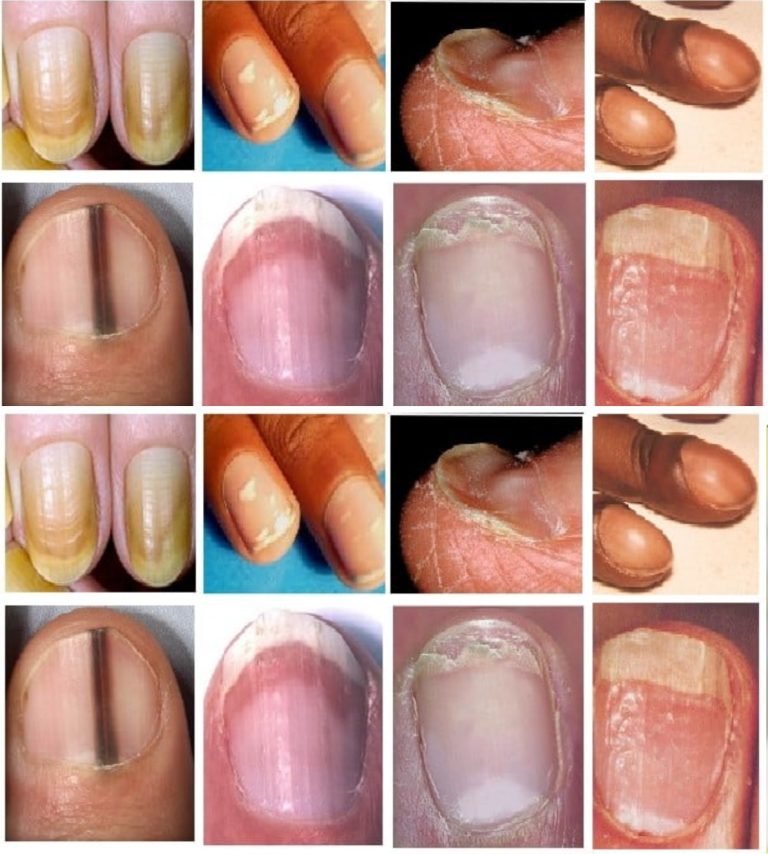Did you know that your nails can provide clues about your overall health? Normal, healthy nails should have a smooth appearance and even coloring, but as you age, you may develop vertical ridges, or your nails may become a little more fragile. It’s safe and nothing to worry about. If you notice stains from injury on your nails, this should go away with the growth of the nail and should not be very significant.
Abnormalities that occur on the nails may also warrant further examination. These oddities such as spots, discoloration and separation of the nail can be the telltale sign of viral warts, infections and certain medications, such as those used for chemotherapy.
White nails
If your nails are mostly white and darker at the edges, this may indicate liver problems, such as hepatitis. In the image below you can see that the fingers are also yellowish which is a sign of jaundice, which is another liver condition.
Very pale nails can sometimes be a sign of liver problems.
But very pale nails can sometimes also be a sign of very serious health problems, such as:
Anemia
Congestive heart failure
Liver disease
Malnutrition
White spots
If small white dots or white spots appear on the surface of the nail and do not go away when you try to buff them away, it is usually due to some type of trauma, even as simple as a finger you hit or too aggressive cuticle care. In this case, just give them time to disappear as the nail grows, but if they remain, see your dermatologist, as this could be a sign of other health problems like leukonychia.
Leukonychia
Commonly known as white nails or milk spots, leukonychia is more often located on fingernails than toenails and is often located in the middle of the nail. The normal nail surface should be pink, indicating good blood circulation below the nail surface.
These white spots are generally completely benign, although in some other situations they could signal an underlying disease. It may be a bacterial or fungal infection or an unusual side effect of systemic chemotherapy. It can also be found in people who have arsenic poisoning, kidney failure, or respiratory illness. Contact with extreme cold could eventually lead to the progression of leukonychia but these spots will slowly disappear over time.
Yellow nail syndrome
With yellow nail syndrome, nails thicken and new growth slows. This results in a yellowish discoloration of the nails. One of the most common causes of yellow nails is a fungal infection. As the infection worsens, the underside of the nail may shrink, and the nails may thicken, crumble, fail to form the cuticle, and the nail may become loose in areas.
Continued on next page
